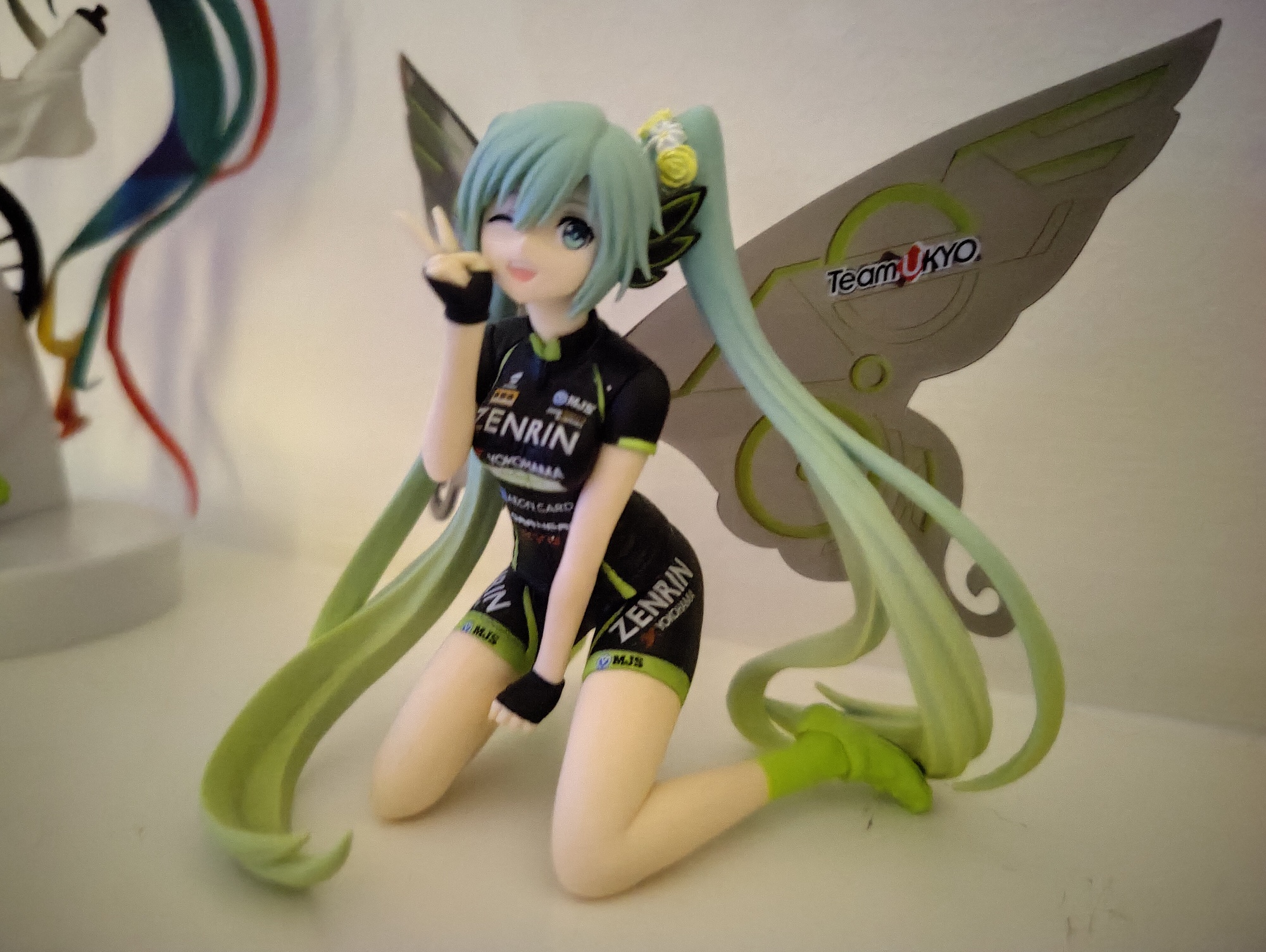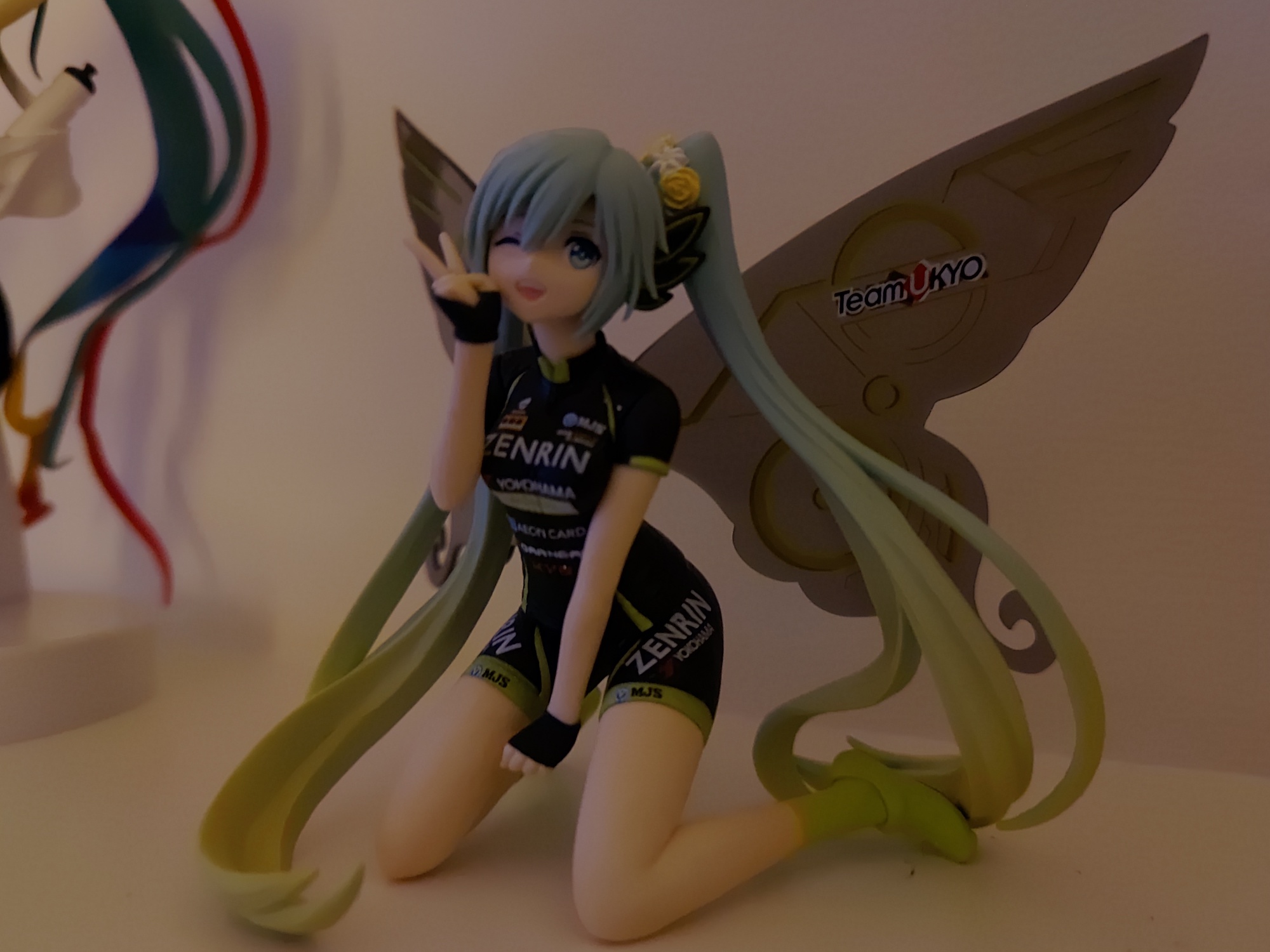The OnePlus 8 Pro has been by your side for coming up to a year, and now the OnePlus 9 Pro is here to tempt you away from it. Long-time OnePlus owners may have been feeling the need to upgrade for a while, simply due to OnePlus’s usual six-month device refresh cycle, but this time it has made you wait. Now the chance is here, should you do it?

This is all based on my use of the two phones in the real world. I’ve used the OnePlus 8 Pro various times over the last year as my daily phone, and revisited it very recently. I’ve now used the OnePlus 9 Pro for more than two weeks. If you’re interested in the OnePlus 9 and want to see how it compares to the OnePlus 9 Pro, we’ve got a comparison here.
Shape and design
Probably the most substantial difference between the two is the switch from matte finish glass to glossy glass on the back. This should mean the OnePlus 9 Pro will attract more fingerprints and mess than the OnePlus 8 Pro, and while it definitely does, it does not get as mucky as you may fear. My review phone’s color is Morning Mist which is not very interesting to look at, so if you’d like to replicate the lovely looks of the Glacial Green OnePlus 8 Pro, maybe choose the Pine Green OnePlus 9 Pro.

The two phones are essentially the same size and weight, but when you directly compare the two, the OnePlus 9 Pro is a tiny bit slimmer and shorter. Most noticeably, the OnePlus 9 Pro has less curvy sides and is more comfortable to hold over long periods of time. Has it also cut down on unintentional activation and taps? The side of the OnePlus 9 Pro has considerably less “screen” than the OnePlus 8 Pro, and while it’s certainly more accurate than the 8 Pro, I have still found it registers actions when I didn’t intend it to. However, it’s less frequent than on the OnePlus 8 Pro.

The screen resolution is practically the same on both phones, and both have a 120Hz refresh rate, but the OnePlus 9 Pro does have 10-bit color depth and the Hyper Touch gaming mode. However, neither of these are relevant to everyone, with Hyper Touch only working with a handful of games, and 10-bit color depth offering few benefits on this size of screen should you find relevant content to view. Back-to-back, the OnePlus 9 Pro has a warmer tone than the OnePlus 8 Pro, which brings out a little more detail.
Whether you like the new OnePlus 9 Pro design over the OnePlus 8 Pro’s design will be a personal choice. For me, the 8 Pro is much more recognizable as so few companies place the camera module in the top center of the back panel. The 8 Pro is sleeker too, which may not be the best for in-hand comfort, but it is a more modern look than the 9 Pro. Where does this leave us? If you’re happy with the OnePlus 8 Pro’s design and screen performance, the OnePlus 9 Pro won’t change your life.
Hasselblad vs. Color Filter
The introduction of Hasselblad’s expertise on the camera is where the OnePlus 9 Pro really differs from the OnePlus 8 Pro. The OnePlus 8 Pro’s bizarre Color Filter mode certainly isn’t missed here, and the 9 Pro’s camera is considerably more versatile. From the standalone monochrome camera (which also features on the OnePlus 8T) to the 3x optical zoom, you can do more, and have more fun, taking photos with the OnePlus 9 Pro.

However, what about the look of the photos? This is where Hasselblad has assisted OnePlus, promising to tune the camera for more natural colors. It has not worked on the hardware. During the day, the OnePlus 8 Pro takes more saturated photos than the cooler OnePlus 9 Pro, which is a by-product of Hasselblad’s quest for a natural tone.
While the OnePlus 9 Pro’s camera can wash images out slightly due to this, it’s still beautifully colorful in exactly the right places — the sky, and not the grass, for example.
Nightscape mode is harder to judge. Photos taken inside in low light produce very different results, with the 9 Pro adding more brightness compared to the 8 Pro, but introducing more blur. Color accuracy is good from both, but I’d prefer to have less blur and increase the brightness in editing, rather than being unable to fix blur. The selfie camera is similarly difficult, as the 9 Pro has better color accuracy, but less detail and more smoothing by default than the 8 Pro.
I prefer the photos taken with the OnePlus 9 Pro in general, as they are undoubtedly more accurate. However, I would probably find myself boosting the colors a little before sharing with some images, like the one in the gallery above. The OnePlus 8 Pro’s colors are already vibrant, meaning if you think you’d do the same, the 9 Pro may not prove to be “better” in everyday situations.
Performance and battery
Inside the OnePlus 9 Pro is a 4,500mAh battery with Warp Charge 65T wired charging, and 50W wireless charging. The OnePlus 8 Pro has a 4,510mAh battery with Warp Charge 30T wired charging, and 30W wireless charging. Charging using the included wired charger takes the OnePlus 8 Pro from flat to full in an hour, but it only takes 30 minutes on the OnePlus 9 Pro.

Whether this is a benefit to you will depend on how you use and normally charge your phone. The hour it takes to charge the 8 Pro is hardly slow, and still quicker than a lot of other phones available. But if you regularly find yourself with no charge left in your phone, and only a short time to get some charge it in, the OnePlus 9 Pro’s Warp Charge 65T feature may well help. If you only ever charge your phone overnight, then it probably won’t.
The OnePlus 9 Pro’s battery lasts a shorter time than the OnePlus 8 Pro. I have so far only managed a day from the 9 Pro, and with heavy use including gaming, it gets pretty tight as the evening draws on. The OnePlus 8 Pro regularly lasts deep into the second day with moderate use. If you have a 5G signal all the time, or play a lot of games, the OnePlus 9 Pro will almost certainly have worse battery life than the OnePlus 8 Pro.

On the software side, both use Android 11 with OxygenOS 11, although my OnePlus 8 Pro is on version 11.0, rather than 11.2 on my OnePlus 9 Pro. You’re not missing any major features though. I have not noticed any performance differences when using OxygenOS on either phone, despite the 9 Pro’s newer Snapdragon 888 processor. Both my review devices have 12GB of RAM, which likely helps.

I played Genshin Impact on both phones for around an hour and noticed no difference in performance either. The OnePlus 8 Pro had no visible frame rate drops, and the OnePlus 9 Pro was steady during some of the busy cutscenes, and intense battles too. The Snapdragon 888 has its benefits, but the Snapdragon 865 is no slouch, and is perfectly able to run one of the most power-hungry Android games available at the moment.
Should you upgrade?
If you own the OnePlus 8 Pro, no, you don’t need to upgrade. It really shouldn’t come as a surprise that a top-of-the-range smartphone still performs really well after barely 12 months on the market, so rest assured, your phone is still excellent. Performance seems to be the same, even when playing intensive games, and the battery arguably lasts longer than the newer model too, despite being able to charge faster.
That’s not to say you wouldn’t notice any improvements if you do switch to the OnePlus 9 Pro. Hasselblad’s involvement in the camera may be minimal at the moment, but the OnePlus 9 Pro does take great photos, and the optical zoom is a helpful feature to have. The OnePlus 8 Pro’s camera really improved over previous OnePlus phones, but the 9 Pro has easily taken the title of “best OnePlus camera yet.”
Aside from the camera, and the Warp Charge 65T if it fits well into your life, there isn’t a strong reason to swap the OnePlus 8 Pro just yet. Wait until the OnePlus 10 Pro, and see what happens.













